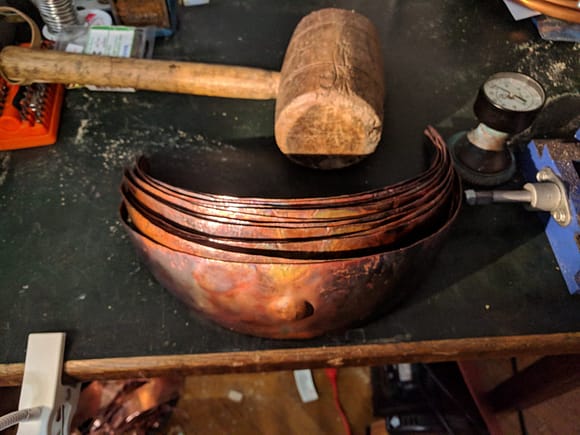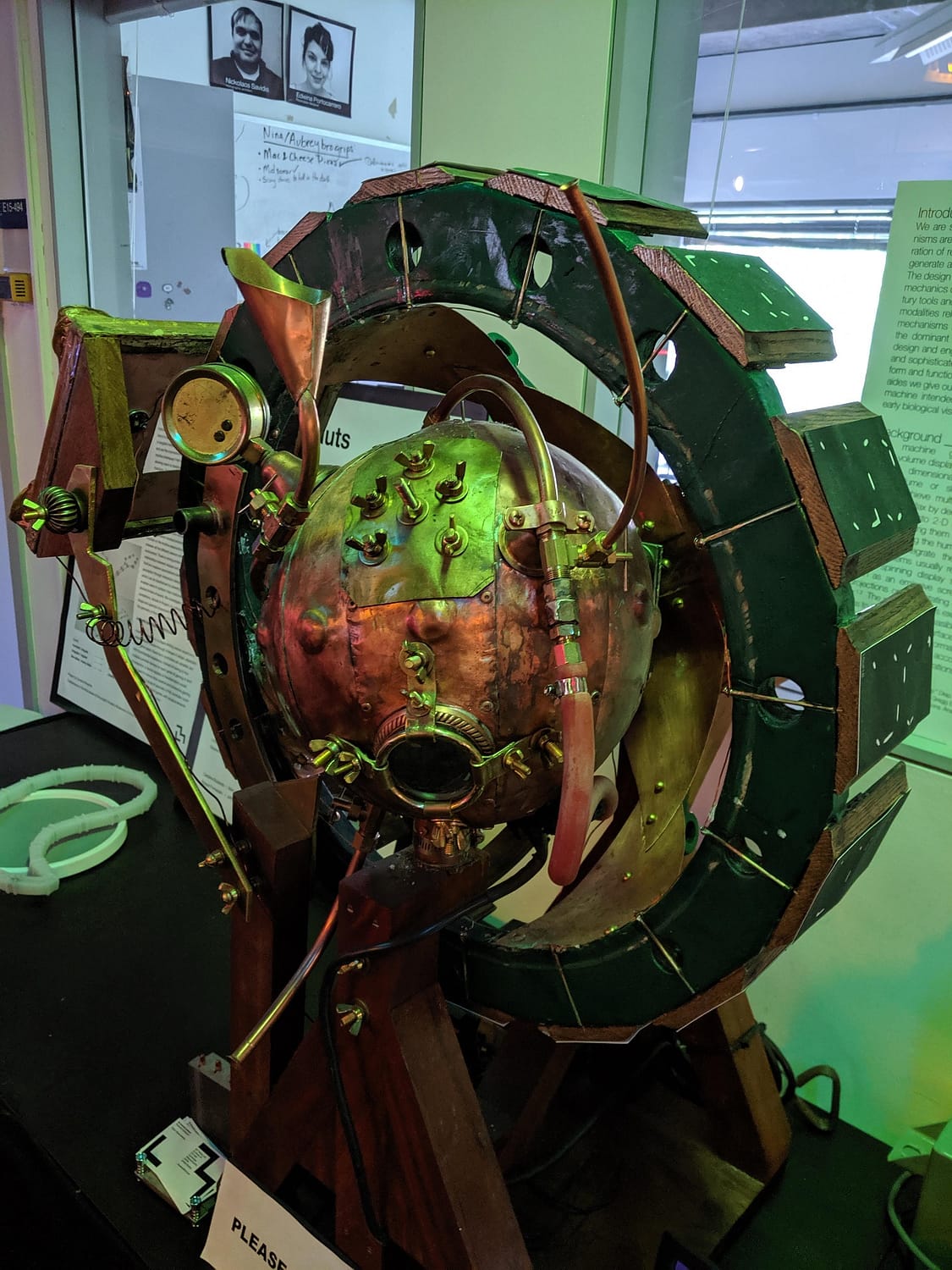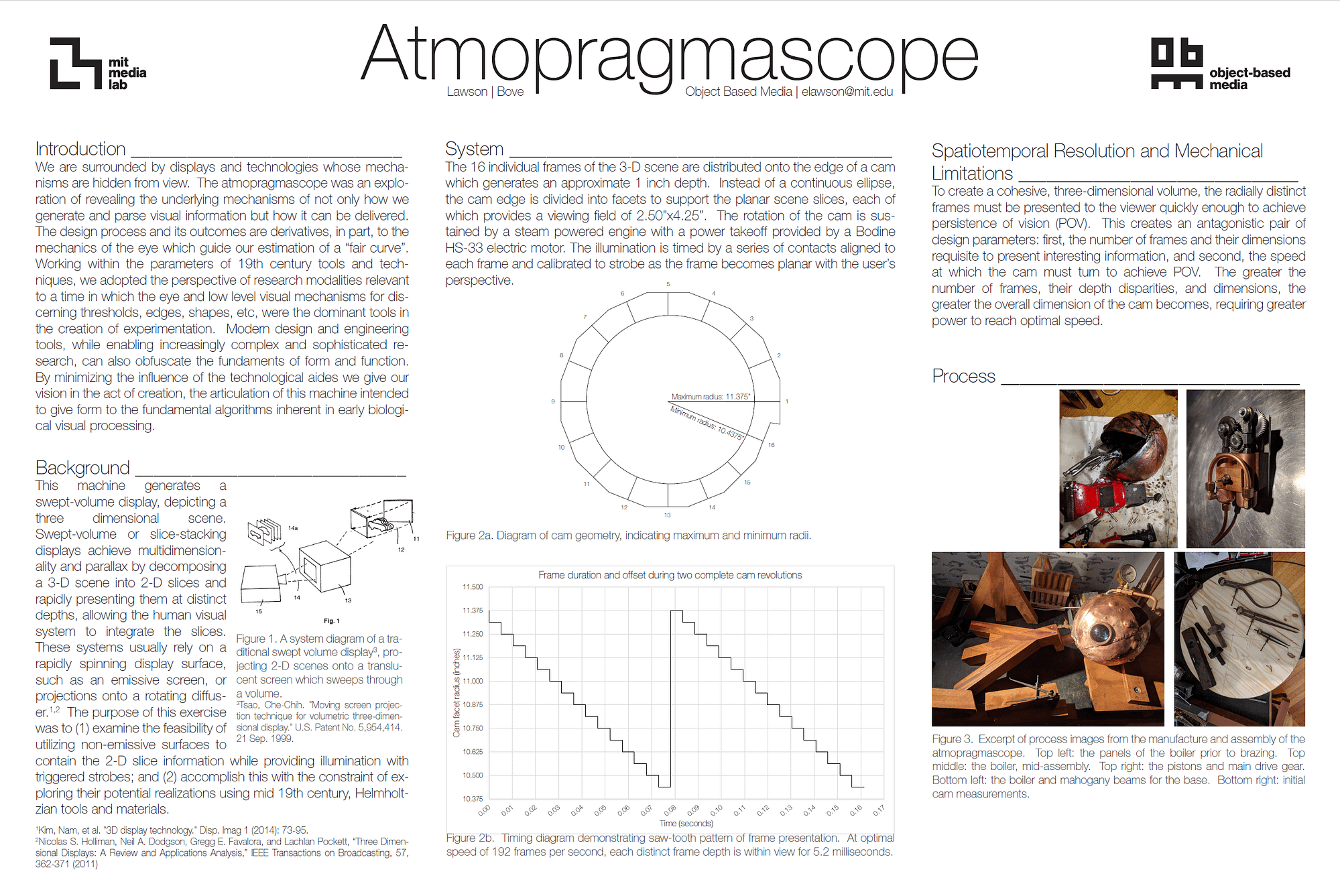We are surrounded by displays and technologies whose mechanisms are hidden from view. This work was an exploration of revealing the underlying architecture of not only how we generate and parse visual information but how it can be delivered. The design process and its outcomes are derivatives, in part, of the mechanics of the eye which guide our estimation of a “fair curve.” Working within the parameters of 19th-century tools and techniques, I adopt the perspective of research modalities relevant for a time in which the eye and low-level visual mechanisms for discerning thresholds, edges, and shapes were the dominant tools in the creation of experimentation. Modern design and engineering tools–while enabling increasingly complex and sophisticated research–can also obfuscate the fundaments of form and function. By minimizing the influence of technological aids we give our vision in the act of creation, the articulation of this machine intended to give form to the fundamental algorithms inherent in early biological visual processing.



